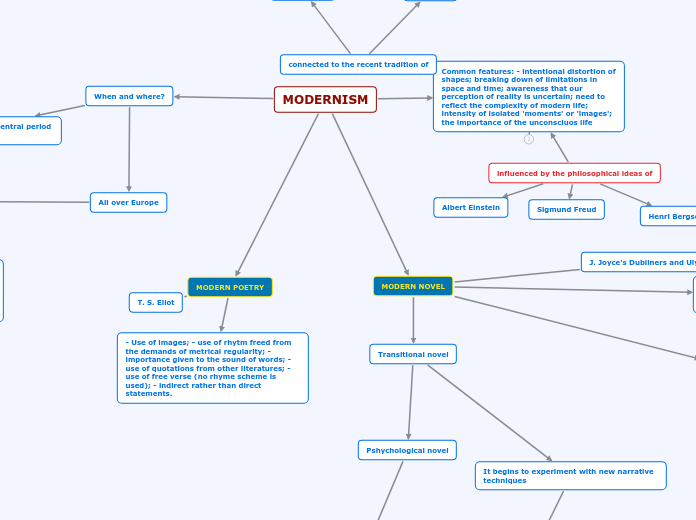Avant-garde art
Avant-garde comes from the french military word, meaning "before the group". During the 18th century the word was refered to the artwork of artist with strikingly new concepts, experimental, or radically themed for the time period. This is also related to modernist artwork. Both avant-garde and modernist art were contributing concepts to the arts during the Enlightenment.
Aesthetic Visions
By using the advances in technology, artists and architects could pursue the evolving aesthetic visions. Aestics are a branch of philosophy dealing with the nature of beauty, art, and taste, and with the creation and appreciation of beauty. The new technology allowed for an insight into new artist expressions, in relation to romanticism.
Indutrial Revolution
Modern Capitialism
Neocolonialism
New Technology
Perfectibilty of Society
Modernist Art
Rationalism
Voltaire
Diesm
2 perspective existed during the philosophical revolution, called the Enlightenment. Voltaire's belief in rationalism and the scientific thought, to perfect soceity; in contrast to Rousseau's belief in the natural state of all human beings. Despite, the differing perspectives, each were influenced through Deism. Deism, is the belief that God is the divine creater of earth, however he does not interfere and allows humans to make there own decisions in life.
Rousseau
The Enlightenment
Neoclassicism
The neoclassical movement came just after the mid-century and was inspired by the dicovery of the ruins in Pompeii and Herculaneum. This movement rebelled against the previous Rococo style. Neoclassicism incorporated new, simpler designs based on Renaissance or Roman models.
Naturalism
Romantism
Humanists
Humanism is the term generally applied to the social philosophy and intellectual beliefs of the period from 1400 to 1650. The classics were revealed again and stimulated secularism, the appreciation of worldly pleasures, and intensified the assertion of personal independence and individual expression. Passion for the classics was a result as well as a cause of the growing secular view of life. Expansion of trade, growth of prosperity, and widening social contacts generated interest in worldly pleasures, in spite of formal allegiance to the Christian doctrine. Humanists welcomed classical writers who revealed similar social values and secular attitudes.
Renissance Architecture
Gothic Style
Strawberry Hill
"Strawberry Hill" is recognized for its revival of the Gothic style in 1749. The house was owned by Horace Walpole, who was an early advocate of the Gothic revival, as well as a author and politician. The Gothic style was from the medival period and building were not usually renovated in this style useless they were from the medival era. The house interior and exterior incorporated the classic elements of Gothic style, including, crenellated battlements. Walpole inspiration for the house came from the Romatic novels he was writing; which soon influenced the popularity of Gothic novels.









